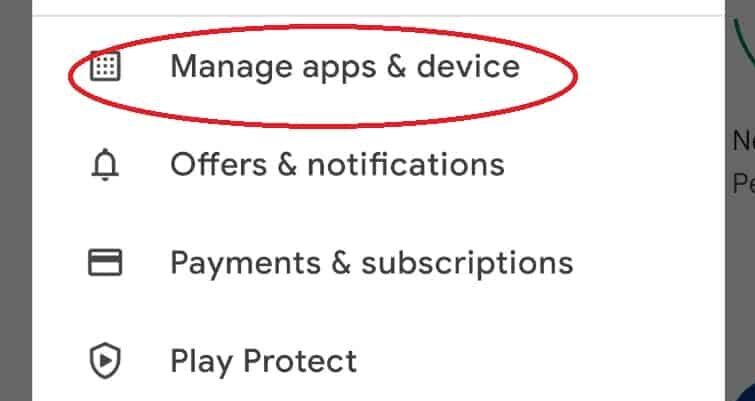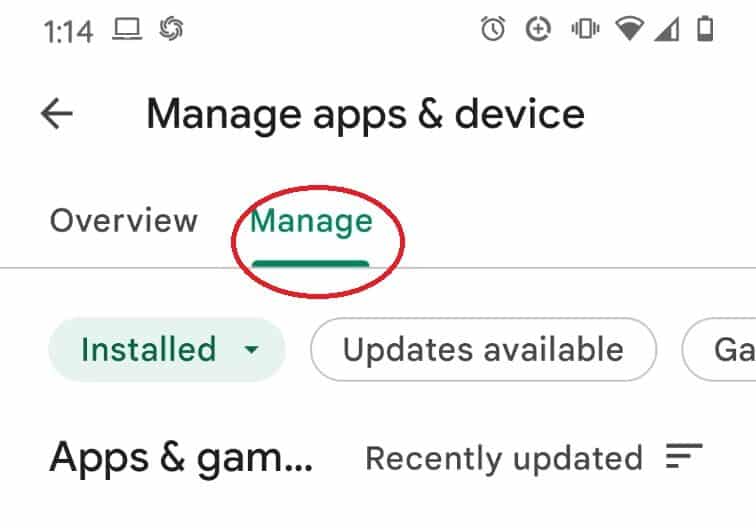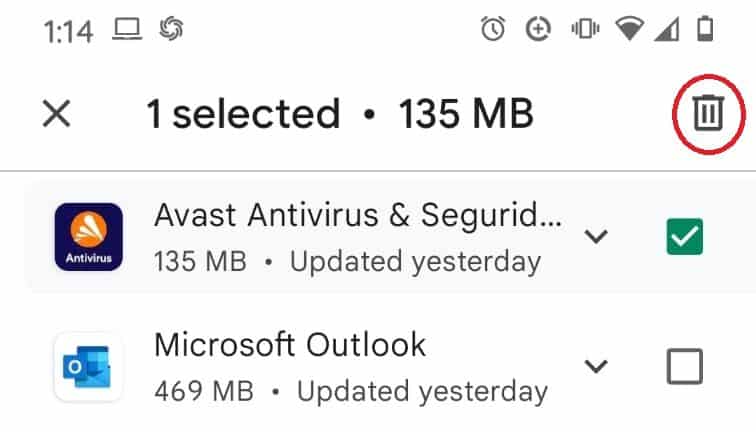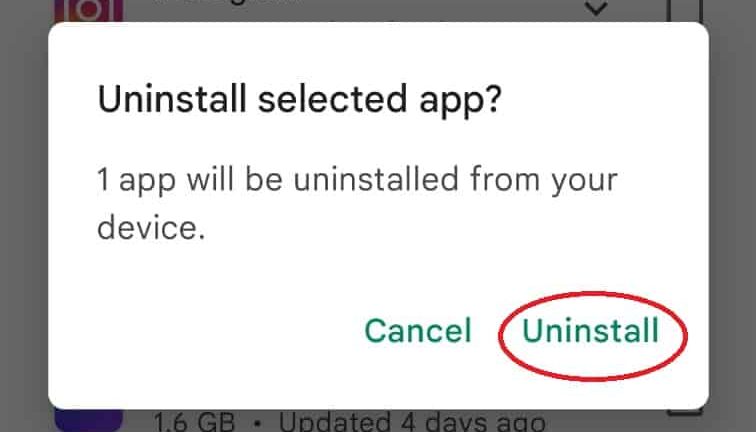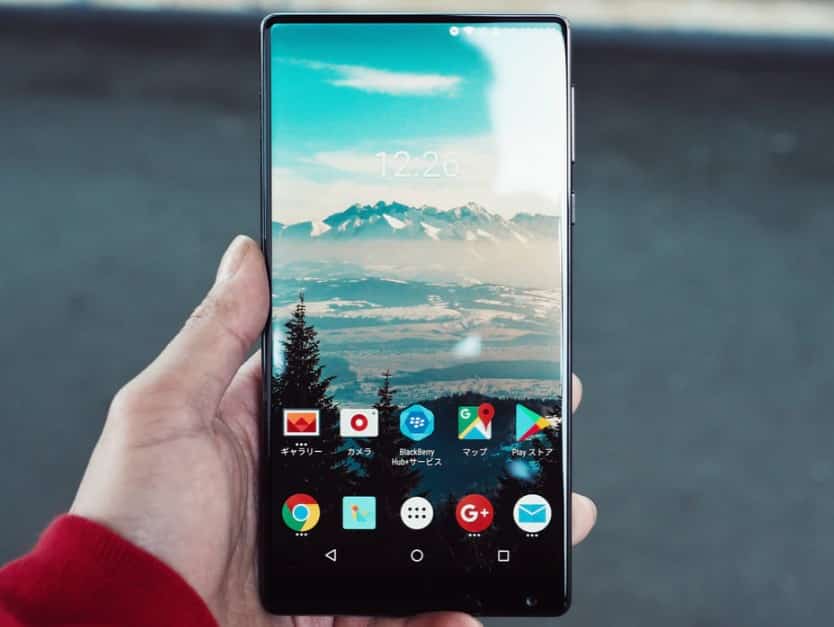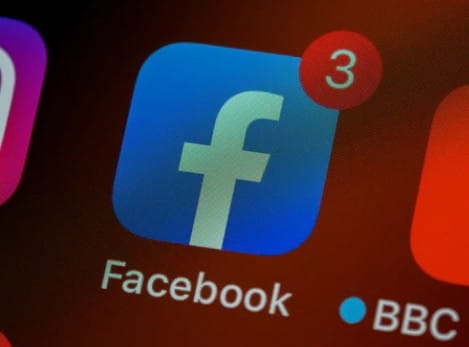Even though we all take them for granted or don’t take time to dig deep into them and their features, our Android-powered devices have become a crucial part of our daily routine. Even so, the chances are that we’re unaware of nearly everything they can do or their full features, including what are .face files in Android.
How we got here
Android is one of the most popular Operative Systems for mobile phones and tablets. Its story dates back to 2003, when it started as a project of American-based tech company Android. Inc.
They wanted to develop an OS for digital cameras. However, that aim didn’t last long, as they shifted their focus to smartphones shortly after. They quickly turned a lot of heads until Google Inc. bought Android in 2005. Eventually, Google decided to base the project on open-source OS Linux.
Two years later, Google announced the creation of the Open Handset Alliance, a conglomerate of multiple techs and mobile phone companies that included NVIDIA Corporation, LG Electronics, Inc., Sprint Nextel Corporation, T-Mobile, Texas Instruments Incorporated, Intel Corporation, Motoral, Inc, among others.
The idea behind this conglomerate was to continue developing and promoting Android and turn it into a free, open-source OS. Also, they included support for third-party apps.
Powered by that Operative System, devices using Android feature multiple Google-related perks, such as Google Docs, Google Earth, Google Search, etc.
The first mobile phone to ever feature this OS was the G-1 by T-Mobile, released in late 2008. Then, four years later, Android took down Apple’s iOS to become the most popular OS on the planet. As of now, researchers estimate that nearly three-fourths of mobile users worldwide run Android on their devices.
Simultaneously, Microsoft continued the development of its Windows operating system, but its users are only 1.8 million against Android’s 2.5 billion.
Why do we call them smartphones?
A smartphone is a cell phone that allows us to make phone calls and send text messages. In addition, smartphones can browse the Internet and run software programs like a computer. Smartphones use a touch screen to allow users to interact with them.
Thousands of smartphone apps, including games, personal-use, and business-use programs, all run on the phone. They became essential to us; it’s our way to keep in touch and be connected every day at every time.
What can a smartphone do?
Smartphones are loaded with features and capabilities that make them more than phones. Below is a listing of the most popular features of a smartphone:
- Make and receive phone calls and text messages.
- Take, show, and store pictures and videos.
- Browse the Internet, and send and receive e-mail.
- GPS capability for location and navigation.
- Record and play audio and music.
- Display time and date and other functions such as alarm clock, stopwatch, and timer.
- Display weather and temperature information.
- Voice dictation and take notes.
- Virtual assistant using Siri, Google Assistant, or Cortana.
- Access utilities, such as a flashlight, e-book reader, and calculator.
More advanced smartphones are now foldable, enabling them to change between that standard smartphone and tablet screen sizes. For example, the Huawei Mate X can unfold to provide an 8-inch screen.
Does a smartphone have an operating system?
Yes. Like a desktop or laptop computer, a smartphone has an operating system, like Windows or macOS. The four most common are iOS (created by Apple), Android (created by Google), BlackBerry (created by Research In Motion), and Windows Phone (created by Microsoft).
Can I change my smartphone operating system?
You can update the version of a smartphone operating system. However, you cannot change a smartphone operating system. For example, you cannot install iOS on an Android phone.
Android 101
Nowadays, Android is the most prominent mobile operating system globally, with over 2.5 billion active users spanning over 190 countries.
The Operating System of a cell phone directs the processing of programs, processes, and applications like Whatsapp, Instagram, Facebook, Zoom, Google Meet, etc.
But what does it mean? First, of course, we all know about the importance of cell phones at this time; we use them to work, study, go on dates and chat with family and friends. They are a great big deal for our lives, and it’s more than likely that we had, have, or will have to use the Android Operative System more than once.
So, it’s crucial to think about the pros and cons of this Operating System, its strengths and weaknesses. We should not rely on others to take care of such personal and vital information, and we should learn how to boost it to the limit.
The basics of technology
It is popularly known that nowadays technology is not forever. Our grandpas can tell us how things used to last forever, but we all know it wasn’t our reality in the 2000s.
There is an economic theory called planned systemic obsolescence, a business strategy in which the obsolescence (the process of becoming obsolete, that is, unfashionable or no longer usable) of a product is planned and built into it from its conception by the manufacturer.
Others could say that we live in a historical epoch of technology evolution, so it is expected that cell phone operating systems will start to fail due to advances in applications that we constantly refresh.
What can we do to extend our cell phone’s useful life?
It is important to know what we store in them so we know what to delete and what to keep. For example, if you don’t use an application, you should delete it because they tend to be heavy to your phone. How to do it? Well, here we go.
- Go to the Google Play Store icon.
At the top right, tap the profile icon (with your photo or the initial of your name)
- Tap Manage apps & devices.
- Tap on the “Manage” option.
- Tap on the box next to the app’s name you want to uninstall.
- Once it’s selected the right one, tap on the trash can on the top right
- Select the “uninstall” option. And it’s done!
You can always delete unused files, but you must be very careful about which you delete.
What is a file on Android?
A file is a container in a cell phone or computer system for storing information. They are similar in features to paper documents used in library and office files. In a cell phone operating system like Android, files can be stored in different folders.
What do .face files do on Android?
We already talked about technological progress, and .face files are part of it. They are simple image files created by a facial recognition system in your android phone. The .face files are created while recognizing a face from all your photos. So it’s safe to delete these files only if you don’t use facial recognition in your phone/tab.
How to use facial recognition?
Once your face is registered to your device, you can use additional security options and settings. To access these options, navigate Settings and tap Biometric and security. Next, tap Face recognition, and then enter your security credentials.
To unblock your phone with your face, clarity is needed, so it has to be in daylight or with any light around. Then, stare at your phone, and you will be able to access all your personal data and applications.
Is Android’s facial recognition enough to keep us safe?
If we are sleeping or something like that, anybody could unblock our cell phone (just by directing it to our face), so clearly, it’s not enough. So keep an unlocking pattern or code, one you and only you would know and remember.
Final Lines on what are .face files in Android
Technology can be an ally as long as we know how to use it to our benefit. So it’s crucial to us to be updated about what’s going on in the technological world because a big part of our lives is attached to it.
Our smartphones can be a world of possibilities. Still, we all should know that nothing is free: as we use applications, we give developers our information and preferences as consumers to create a data basis. But, of course, we are constantly exposed to advertisements too, so we aren’t the users only; we are used to.
We must know what types of files may be stored on our devices, which ones to delete, and which ones not to delete. Moreover, it is necessary to pay attention every time we allow any site or application to access our data.
According to a survey conducted in February 2021, nearly half of the respondents stated that, on average, they spent five to six hours on their phones daily, not including work-related smartphone use. A further 22 percent of respondents said they spent three to four hours on average on their phones daily.
Nevertheless, experts say adults should limit screen time outside of work to less than two hours per day. Any time beyond that which you would typically spend on screens should instead be spent participating in physical activity. This might not be feasible immediately, but there’s still a lot of people can do to reduce this.
Let’s keep our information and health as safer as possible and enjoy the possibilities!
More Posts for You:


